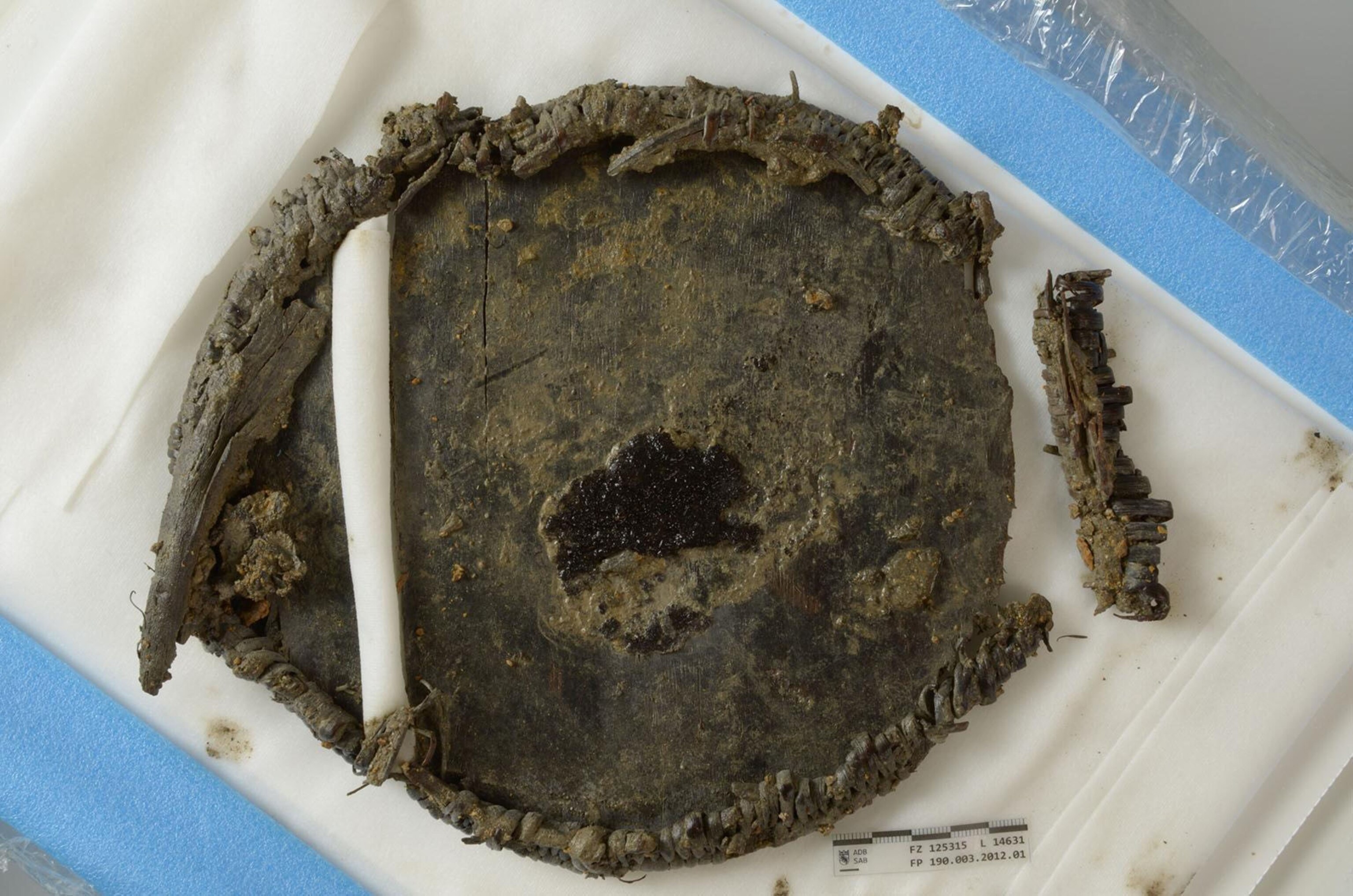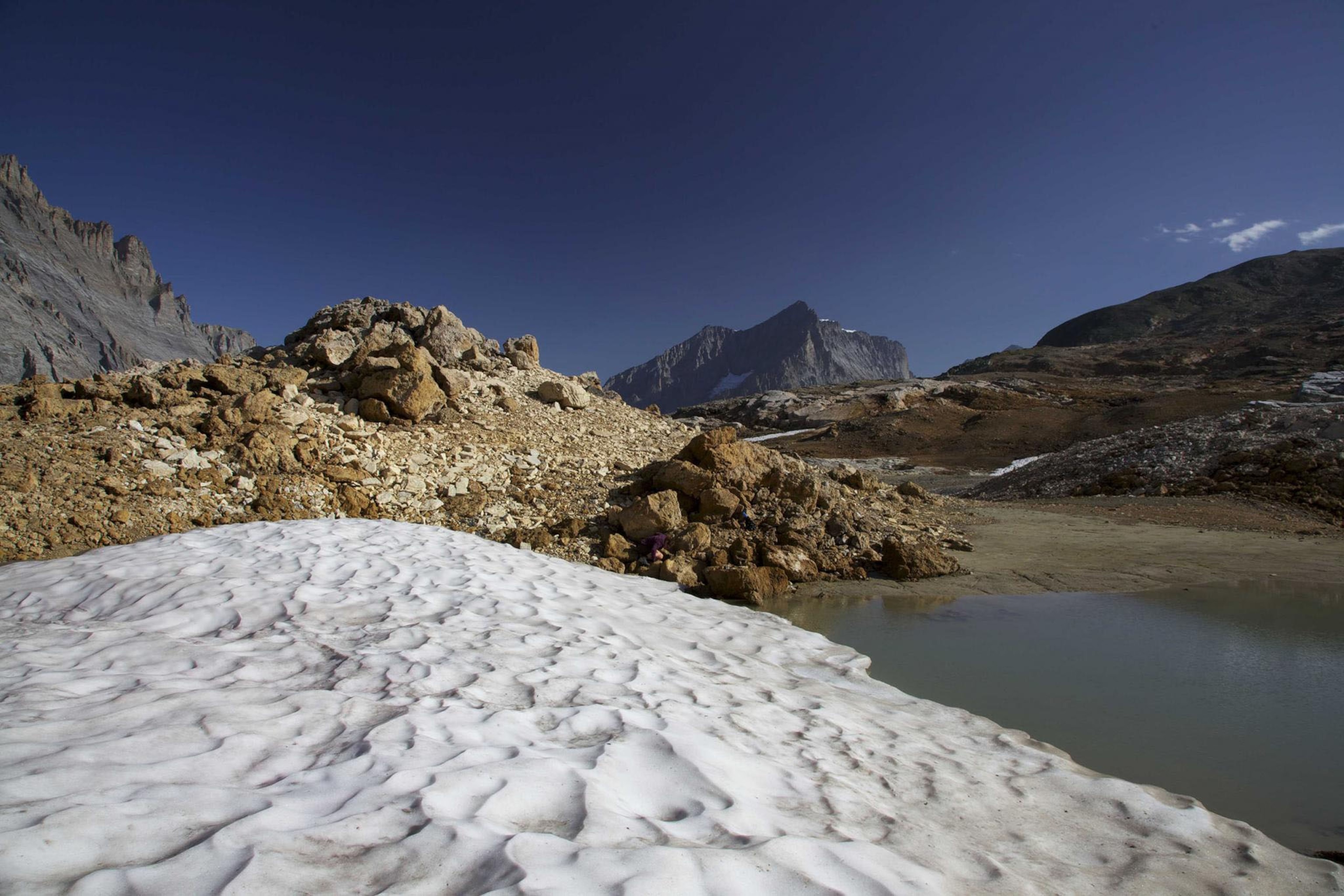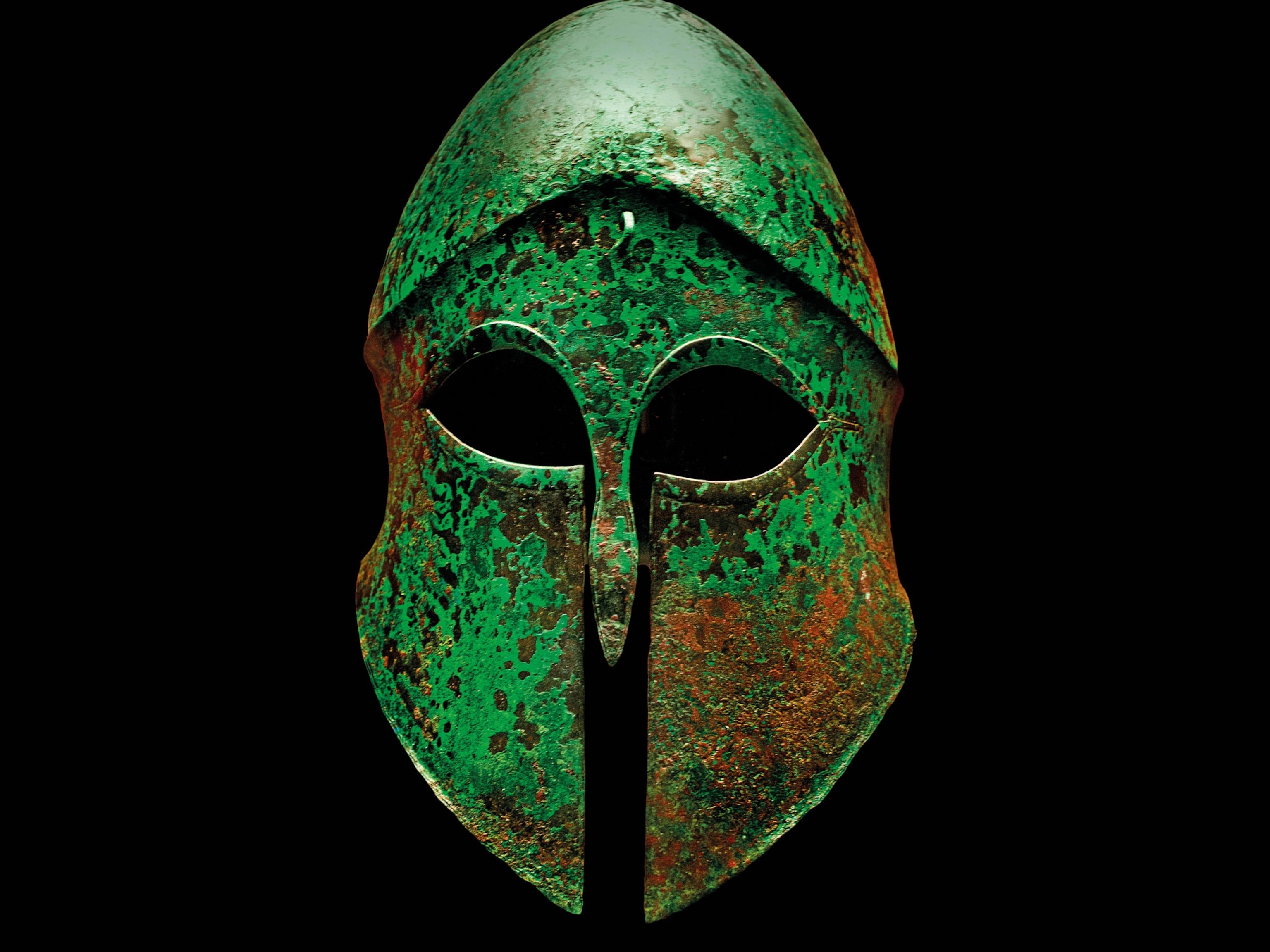
What We Can Learn From This Ancient ‘Lunchbox’
The Bronze Age contents of the small wooden container could help scientists piece together the evolution of early Europeans.
As far back as 2,000 to 4,000 years ago, an early European trekking through the Swiss Alps likely lost their lunch.
A small, wooden, circular-shaped box for carrying food was discovered in 2012 in a more than 8,000-foot high summit in Switzerland's western Bernese Alps. At the time of the dig, the site yielded a number of artifacts—glaciers rapidly receding from warming temperatures revealed objects that had not been used by humans for thousands of years. (Read about the Swiss couple found frozen in a glacier 75 years after they went missing.)
When it was found, the box did little to stand out from the collection of artifacts found, but further testing has now revealed the small box contains big insights into early human agriculture.
Microscopic and molecular analyses of the proteins and fatty acids left in the box showed their ancient contents contained cereal grains. Similar tests done on Bronze Age artifacts found in Europe have shown most food containers stored milk or meat, but evidence of human-cultivated cereal have been harder to come by. Plants degrade quickly in archaeological sites, meaning researchers must study an artifact's molecules to get a clear picture of its former contents.
Analyses on the lunch box was performed by researchers from Germany's Max Planck Institute for the Science of Human History and the University of York. A press release published by the institute noted the evolutionary importance of grain in human history.
"The domestication of plants, such as wheat, was one of the most significant cultural and evolutionary steps of our species, but direct evidence for the use of domesticated plants, for example, in early culinary practices, has remained frustratingly elusive," the institute stated online.
Wheat and barley or rye was found in the box. Wheat was one of the world's first cultivated crops and continues to be the most widely grown grain in the world. A report from the Cereal Crops Research Unit arm of the U.S. Department of Agriculture notes that wheat was first domesticated 10,000 years ago in a region known as the Fertile Crescent in the Middle East. This cultivation allowed early humans to pivot from hunter-gather lifestyles to more agrarian societies.
The Schnidejoch pass where the artifact was found connects Switzerland's Valais Valley with Italy, and researchers hope the finding will offer one piece to the puzzle of how these early farming practices developed and spread throughout Eurasia.
Because the lunchbox was relatively small and lightweight, made from Swiss pine, researchers suggest it would have been used for travel, moving back and forth along the Alps' passes.
Bronze Age Europe saw a period of mass migration. A 2015 study published in the journal Nature analyzed DNA from this period and found that people from regions that now belonged to modern day Russia and Ukraine likely migrated west into Europe during this time period.
The study's authors suggested that earlier settlements found at their end of the Schnidejoch pass indicate the region was not only home to settlements, but also small scale trade as well.
One of the study's authors, Francesco Carrer, suggested in a press release that the artifact's use parallels equivalent human habits, saying, "This evidence sheds new light on life in prehistoric alpine communities, and on their relationship with the extreme high altitudes. People traveling across the alpine passes were carrying food for their journey, like current hikers do."







